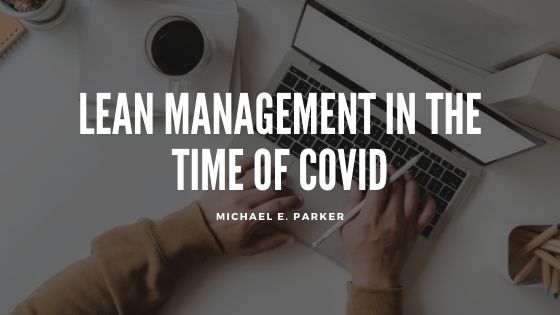Lean management is a style of management that focuses on customer success, eliminating waste, and continual change. Companies that are struggling to get by or that must change their antiquated systems and processes are great candidates for implementing lean management. Yet, while this sounds good on paper, it can be tough to understand where to jump in. The following list can help your company transition to lean management in a near-seamless way.
Step 1: Prepare Your Employees
The best thing you can do before implementing lean management is preparing your employees for big changes. There is an inherent stress to process changes and personnel shifts that leadership needs to let employees know they are aware of. To announce this new system, management should call an all-hands meeting to over the high-level points. Meeting with employees one-to-one over the next few weeks is also key to making sure they have a place to ask questions and air concerns. Additionally, if any employees will be drastically affected, it is a good idea to prioritize meeting with them as early as possible to give them notice.
Step 2: Ask for Feedback
Once your employees know what to expect, it is time to collect feedback from your customers. This feedback is the catalyst for the changes you will make, so it is important to get as much feedback from as wide a pool as possible. Do your best to collect honest feedback — that means do not provide a reward for the feedback, as it may skew results.
Step 3: Interpret the Data
Once you’ve collected feedback, it is time to interpret it. See if there are any consistent patterns and look at the areas that have been identified as needing the most work. Then, look at internal processes and see if there are easily identifiable areas of improvement from an internal perspective. You may need to discuss feedback with your team to gain an insight on what needs to change. Once you have a list of things to improve upon, determine priority and figure out the methods for making things better.
Step 4: Roll Out Changes
When you know what must be changed, it is a good idea to inform your team of impending shifts. Then, begin to roll out new processes one at a time, making sure to note any struggles that have occurred during the transition. After the team has had some time to recuperate, move on to the next change. Repeat this until you have completed your list.
Step 5: Evaluate Progress
During the entire process, it is a good idea to look at progress. Continue to solicit feedback from customers and employees to see if the changes made have been successful. Then, as time goes on, continue to encourage feedback and remain open to changes as needed.
Lean management isn’t a difficult concept to understand, but it can be tricky to implement if you are unprepared. This process can help anyone get started with moving the company into a more efficient era.






